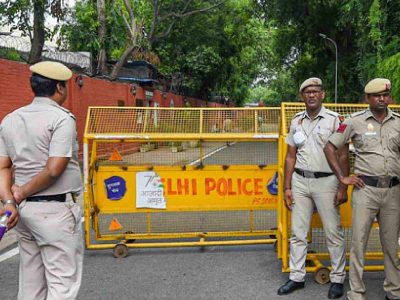Radisson Blu’s latest food festival is a trip down the memory lane for Bengalis living in the Capital, away from home.
The 10-day festival ‘Rannaghor’ offers the best of tantalising Bengali delicacies such as chingri (prawn) malai curry, maccher kalia (rich fish curry), kosha mangsho (mutton semi-dry curry), paturi (fish wrapped in banana leaves and steamed with mustard gravy), mochar chop (banana flower cutlets), fish kobiraji (fish cutlet wrapped in a coating of mesh made with egg), mishti doi (jaggery sweetened yogurt), shondesh (dry sweets), nolen gur (new jaggery extracted from date palm trees) and roshogulla.
Carefully curated by executive chef Pankaj Jha, the spread is not just limited to the taste of Kolkata, but covers the regional delights as well. The menu is widespread and dynamic. Every day, there is a fresh surprise on the table straight out of the kitchen.
But above all stood the hospitality!
The restaurant Fifty9 seems like a peek into the traditions of Bengal with its decorations giving it the classical look of a Bengali home. “Rannaghor” literally means “kitchen” in Bangla.
The event is organised keeping Makar Sankranti, a major harvest festival, in mind.
“In view of that (Makar Sankranti), we thought of hosting a Bengali food festival in Delhi because people here are not so familiar with the cuisine. It is so diverse! So, we wanted people to have a taste of that,” says chef Pankaj.
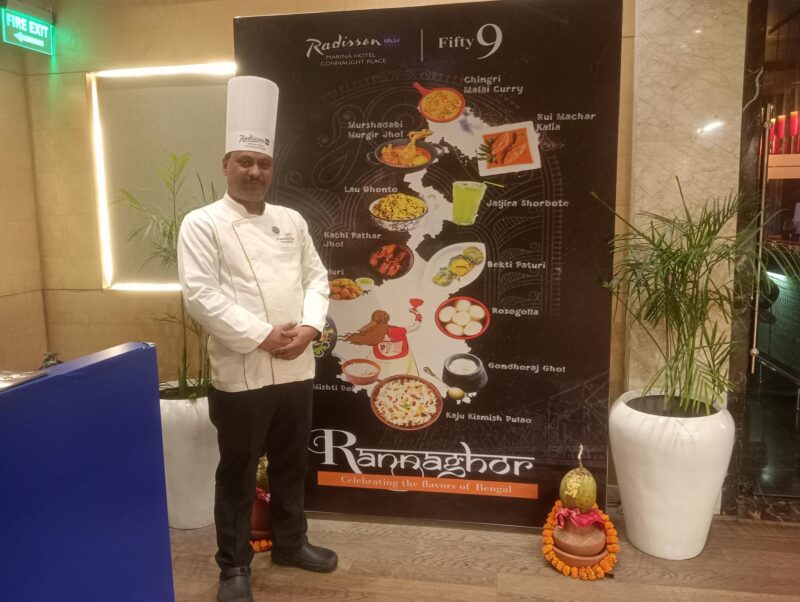
Reflecting on the menu, he says, “We wanted to bring out the goodness of this delightful cuisine dominated by fish, rice, desserts and the ubiquitous aroma of mustard. Bengali cuisine is influenced by diverse cultures and is one of the rare Indian sub-continent cuisines that follow the French style of serving food, course-wise.”
The special item varies with each day.
“The menu is cyclic because we cannot have all the items in one day and [having everything everyday] won’t do justice to the cuisine and its people. Therefore, we spread out the items in a 10-day event,” he says.
A gorgeous spread of Bengali chutneys welcome visitors. Chutneys are intrinsic to Bengali cuisine and are usually had with papad after all the courses of the meal is over. Made with various fruits and vegetables, they are treated like desserts with dry fruits. The taste is a combination of sweet and tangy and one can bite into pieces of fruit/vegetable with every spoon.
Traditionally, before the advent of plates and spoons, a dollop of chutney was served on the plates made out of Sal leaves, and had with papad that played the role of a spoon.
“We have whipped up a range of chutneys here. They include mango chutney, tomato chutney, elephant apple chutney, plastic (papaya) chutney, aamsotto (mango pulp papad) chutney, kamranga (star fruit) chutney and pineapple chutney. We also have papad to have these with,” Chef says.
Besides, there is classic begun bhaja (eggplant fry) – the favourite appetiser of Bengalis.
The main course section is adorned with quintessential mutton dishes – kosha mangsho and aloo diye jhol (meat with potato) – and a whole range of chicken and fish.
“Bengali cuisine is a culinary extravaganza for both vegetarian and non-vegetarian items. The cuisine has been shaped by the region’s diverse history and climate. It is known for its varied use of flavours, as well as the spread of its confectioneries and desserts. There is a strong emphasis on rice as a staple, served with fish, meat, vegetables, and lentils,” he says.
An impressive addition in the vegetarian spread is chorchori (traditional Bengali delicacy is datar chorchori, which is prepared with drumsticks, brinjal, pumpkin, tomatoes and potatoes).
In the fertile land of Bengal, a variety of vegetables was grown in abundance. They were cooked and fed to people largely living in joint families. The fish and meat-eating Bengali families always had some form of purely vegetarian chorchori on the daily lunch and dinner plates.
Food historian Chitrita Banerji in her book, Bengali Cooking: Seasons and Festivals, explains: “This style of cooking was ideal for large, extended families. Chorchori was an easy, delicious and time-saving way to feed people (many ingredients and one dish as opposed to many ingredients and multiple preparations).”
Another lip-smacking item, Koraishutir Kochuri, is a winter favourite. Owing to the abundance of peas in winter, Bengalis incorporate it in a variety of dishes and one such is making fluffy breads or kachori. Maida doughs are filled with ground pea paste that are sauteed in oil with ginger and chillies and made into breads that are had with either aloor dum, daal or maangsho.
The fish kobiraji will take one straight back to Bengal’s streets, where the smell of eggs and mutton pervade the air. It is an opportunity to immerse in the taste of soft, succulent fish fillet cutlets that are wrapped in egg mesh.
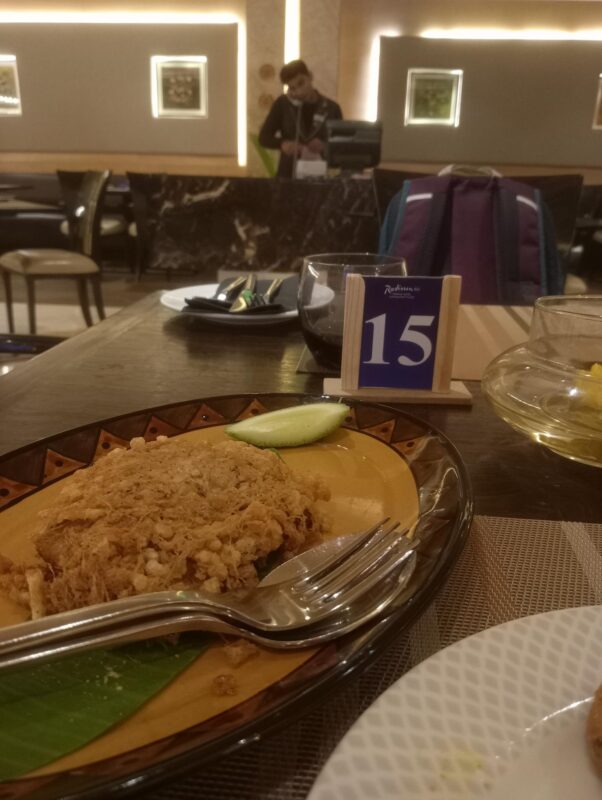
The versatile menu also includes delectable non-vegetarian options like kosha mangsho (mutton) or dhonepata murgi (chicken in coriander paste curry).
Kosha mangsho is a combination of love and labour and a celebration of spices. To make the classic Bengal goat curry, mutton is marinated in a secret mix before being slow-cooked in a traditional way for hours to achieve a fall-off-the-bone consistency.
Then comes the phenomenal malai curry — a flavoursome dish consisting prawns cooked with mustard and onion paste, ghee and coconut.
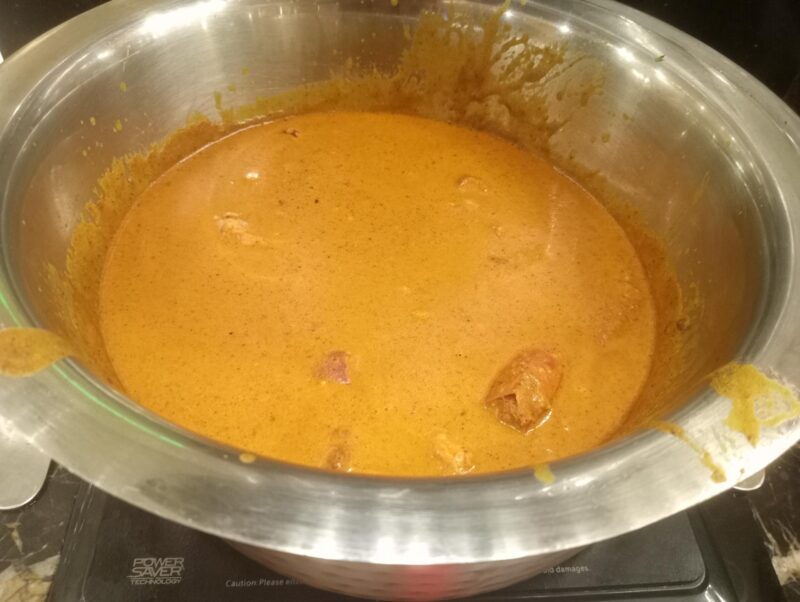
Another delicious coastal specialty is the macher paturi, which includes Bhetki, prawns and Hilsa fish marinated with their signature mustard and coconut paste, enveloped and steamed in a banana leaf. The culinary goodness is strenghtened with the use of strong mustard oil.
“The acceptance of fish with bone is rare in Delhi so our attempt is to expand that, but also keep boneless items in stock to serve the choices of our customers. But I must say that the malai curry has been the most hit item, along with the mochar chop (banana flower cutlets). People are mind blown at the concept of making cutlets out of banana flowers, which they never knew can be even cooked,” says chef Pankaj, who spent large part of his life in Kolkata and also started his career in the city.
On the side, there is live counter for classic Kolkata egg and chicken rolls and phuchka.
A Makar Sankranti must-have is Pithe-Patishapta – sweet delicacies that leave one numb with their taste. These are made with rice flour and are of different types – dry, soggy and milk-based. While Pithe includes over 10 varieties, Patishapta is mainly of four types – with jaggery or without, with kheer or with coconut filling. But, usually jaggery is key for both Pithe and Patishapta. The other main ingredients are rice flour, coconut and milk. It’s a romance of the three.
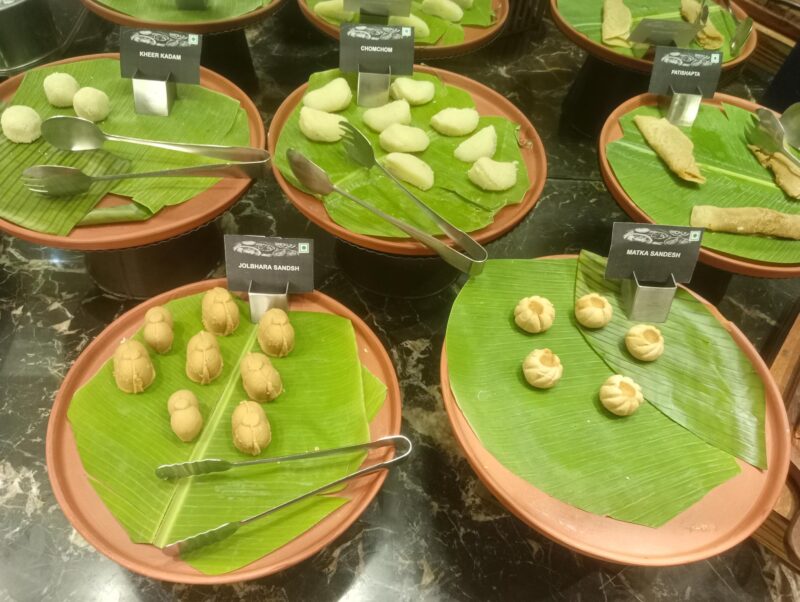
Additionally, the menu doles out some must-try mouth-watering desserts such as mishti doi, a classic Bengali sweet made with milk, curd culture, and caramelised sugar or jaggery.
Magnifying the Bengali experience, superhit Bengali songs are played in the background for one to sing along.



